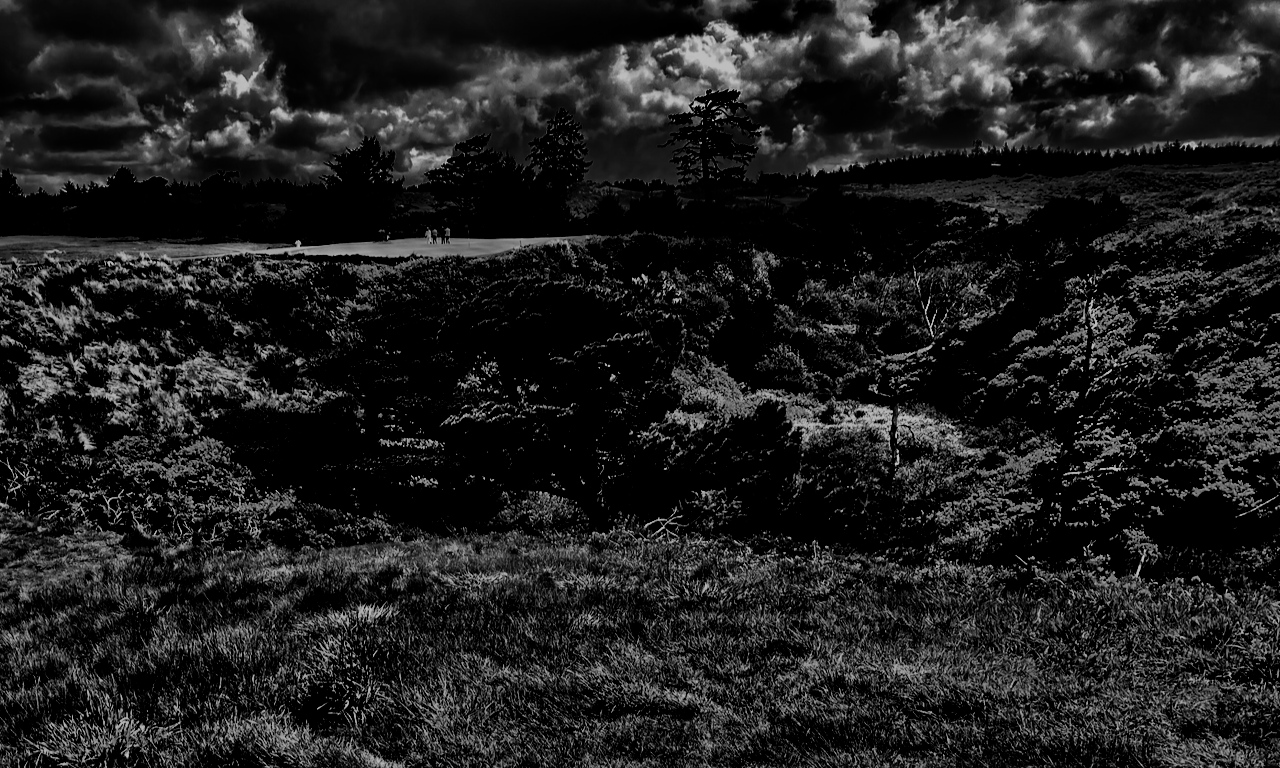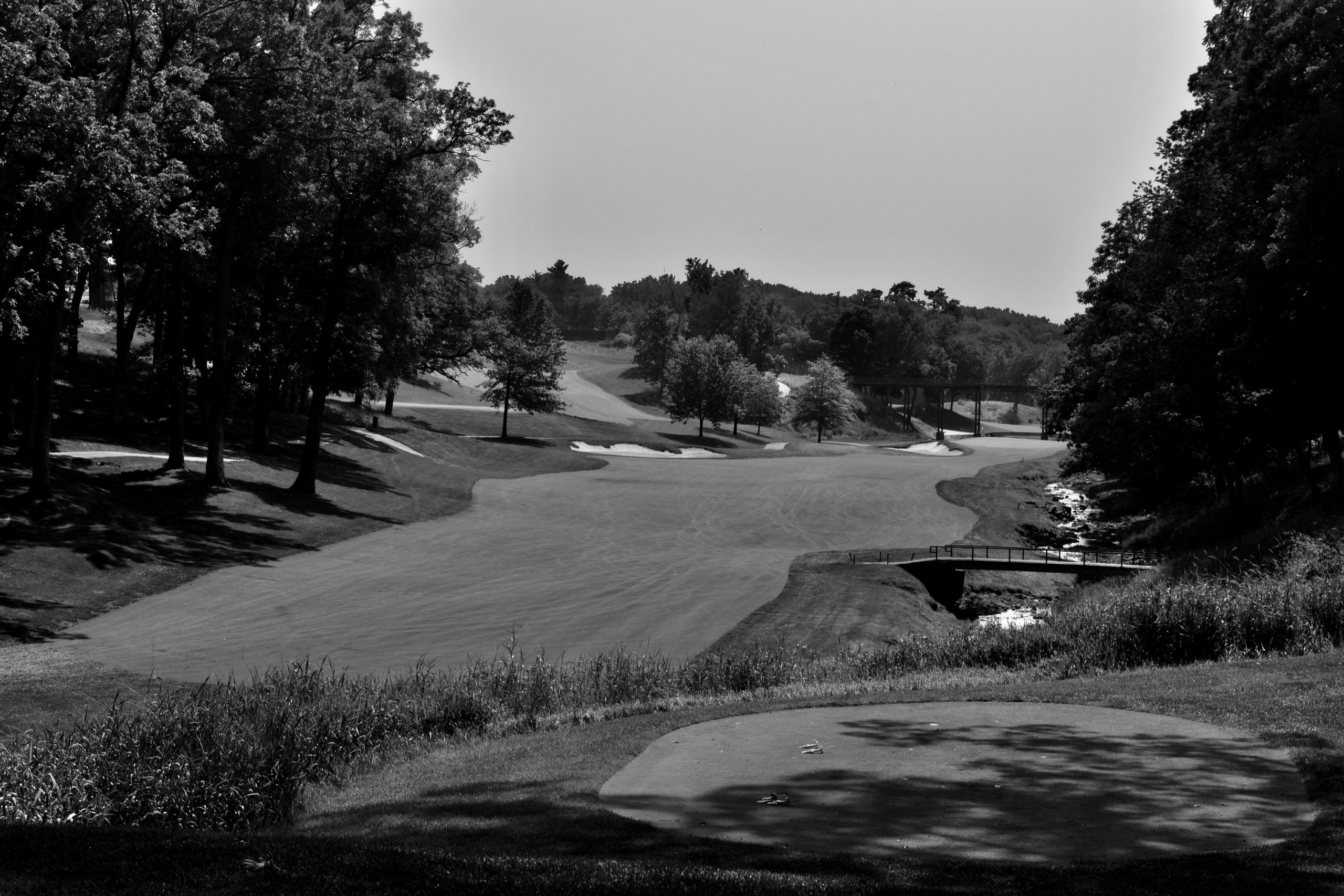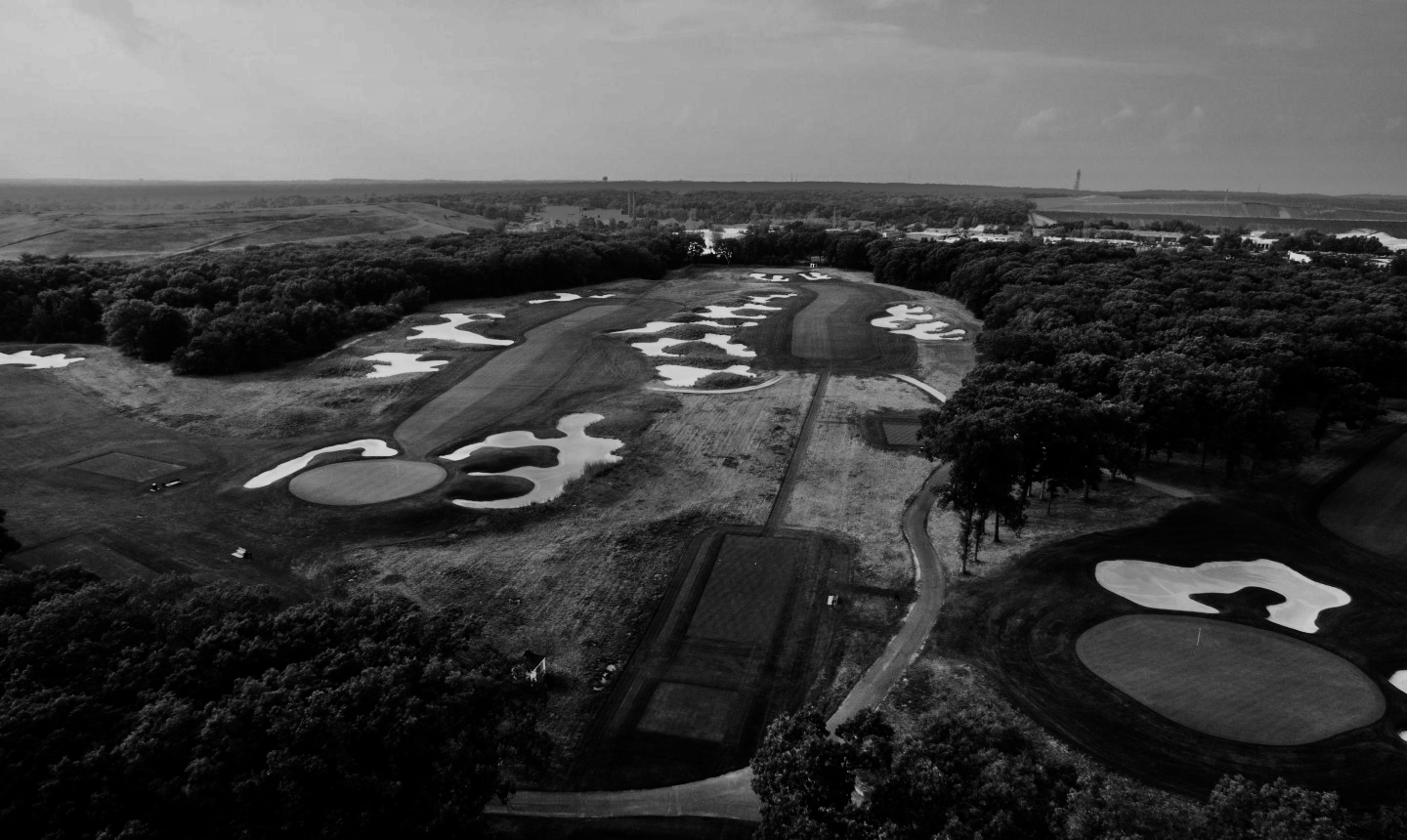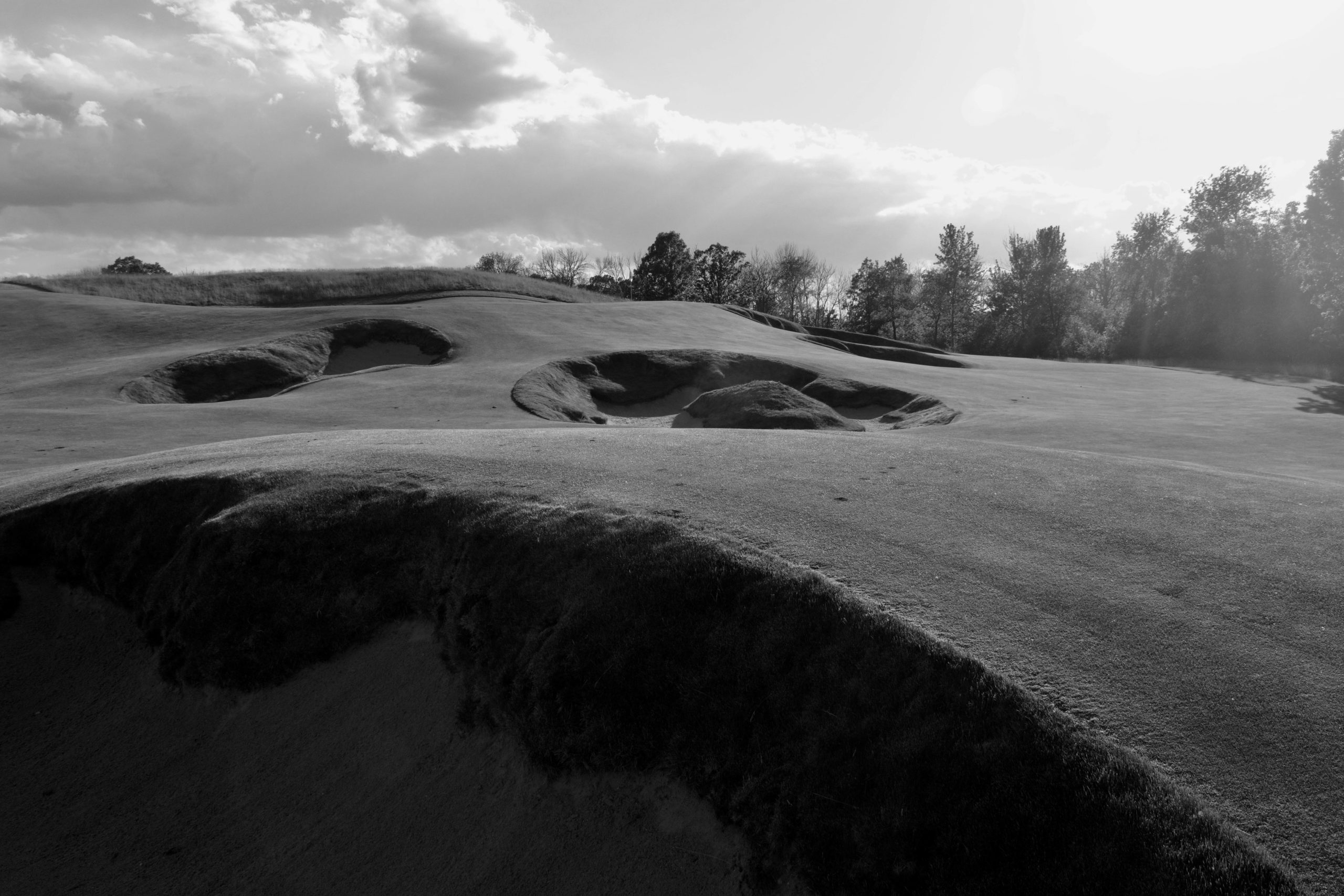The Sheep Ranch, Bandon’s fifth 18-hole golf course, has raised an argument among the muckrakers on golf social media: Is the resort better for having it, versus what was there previously?
In case you weren’t aware, the current route sits on a plot where 13 greens once lay, left by Tom Doak, connected by fairways expanding in every direction. No route existed. Merely 13 greens and your choice in how to get them. An idyllic experiment. Although many are thrilled with the fifth addition to the Bandon portfolio, there is a healthy number who argue that Sheep Ranch’s former purpose was the better.
And these people, let’s be clear, are likely overly idealistic. Calculate the logistics: To play at the former concept course, one required permission. A choose-your-own-adventure golf course is a major liability, potentially even for just two foursomes on the property at one time. The current setup opened the gates, so to speak. We appreciate the original concept, but it’s totally unattainable if open to the general public.
The property’s former purpose opens up a massive opportunity, however, if Mike Keiser decided that he wanted to raise an intense amount of money for some charitable purpose. Many are willing to cough up thousands at charity auctions for foursomes at a private course. Think what you could do (and the money the item would earn) to have free rein at the modern Sheep Ranch for a day?
The Coore and Crenshaw retooling resulted in greens that play more to the purpose of a set route, sure. But the Sheep Ranch’s relatively cramped plot also means there are far fewer “wild” areas…the dense dunes and fescue that separate holes at the resort’s other courses. This opens the door to bold ideas and alternate routes.
Continue reading “Make-Your-Own Sheep Ranch: 7 Hypotheticals in The Spirit of Bandon’s Newest Course” »









